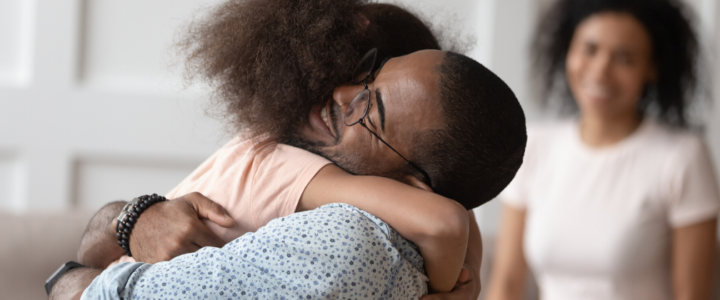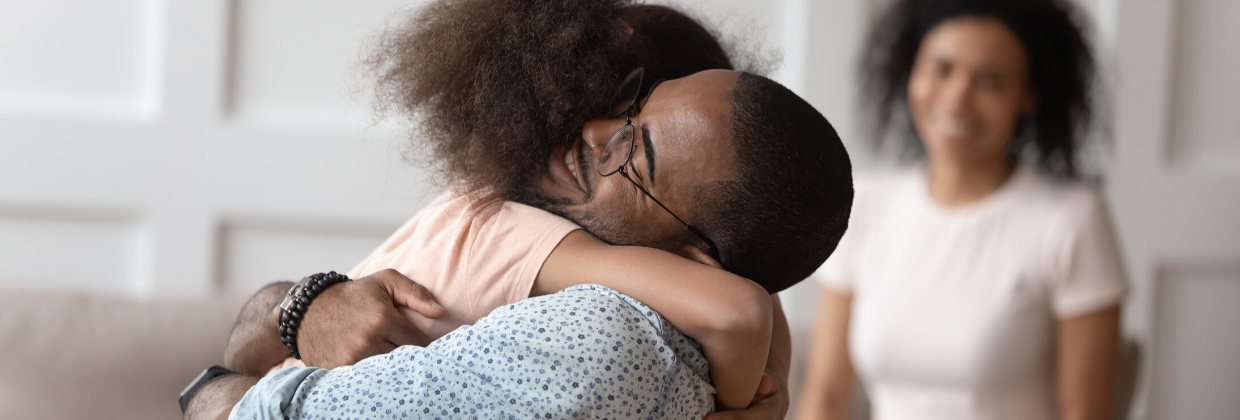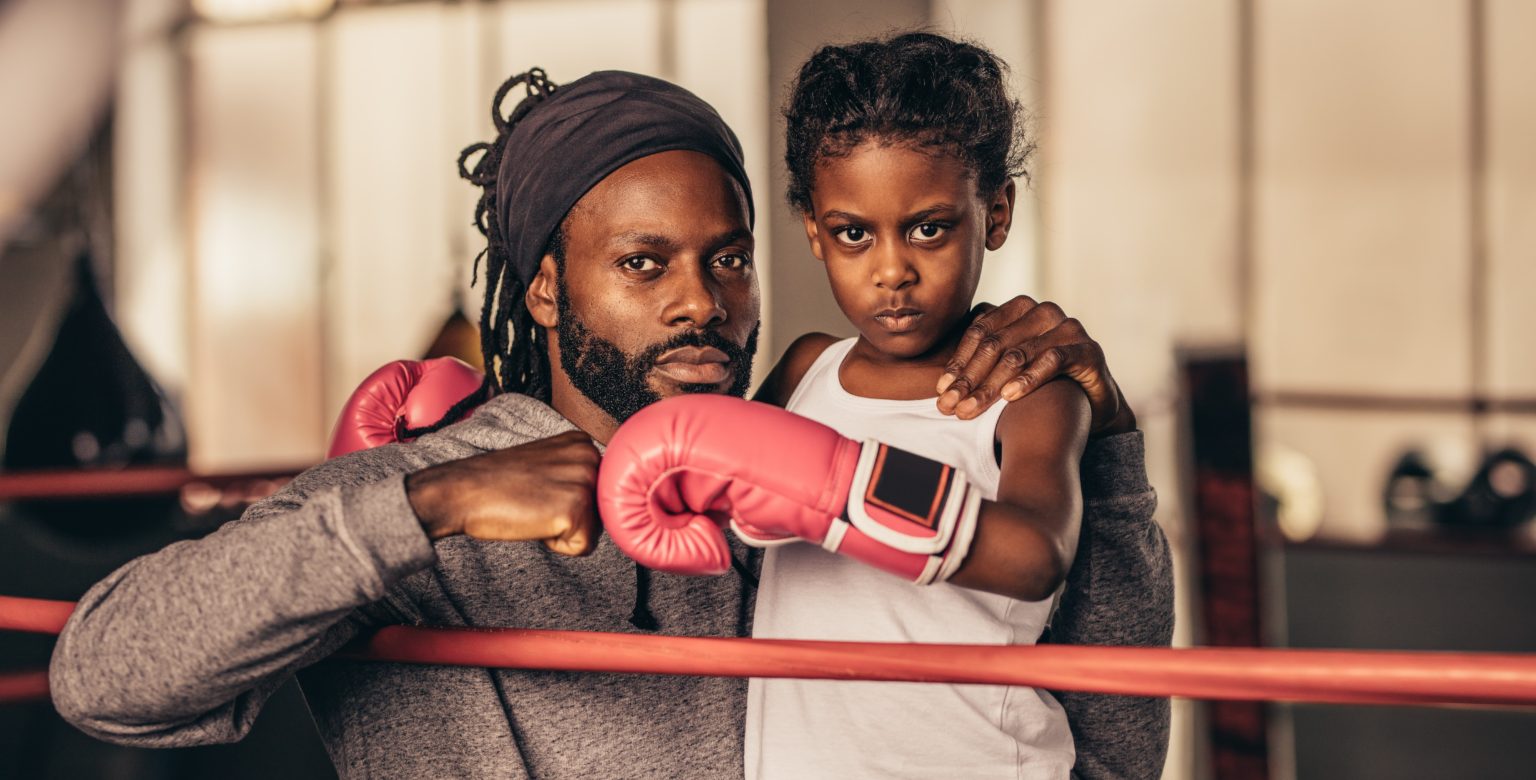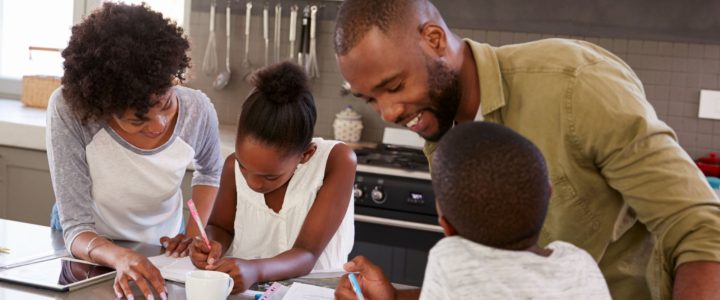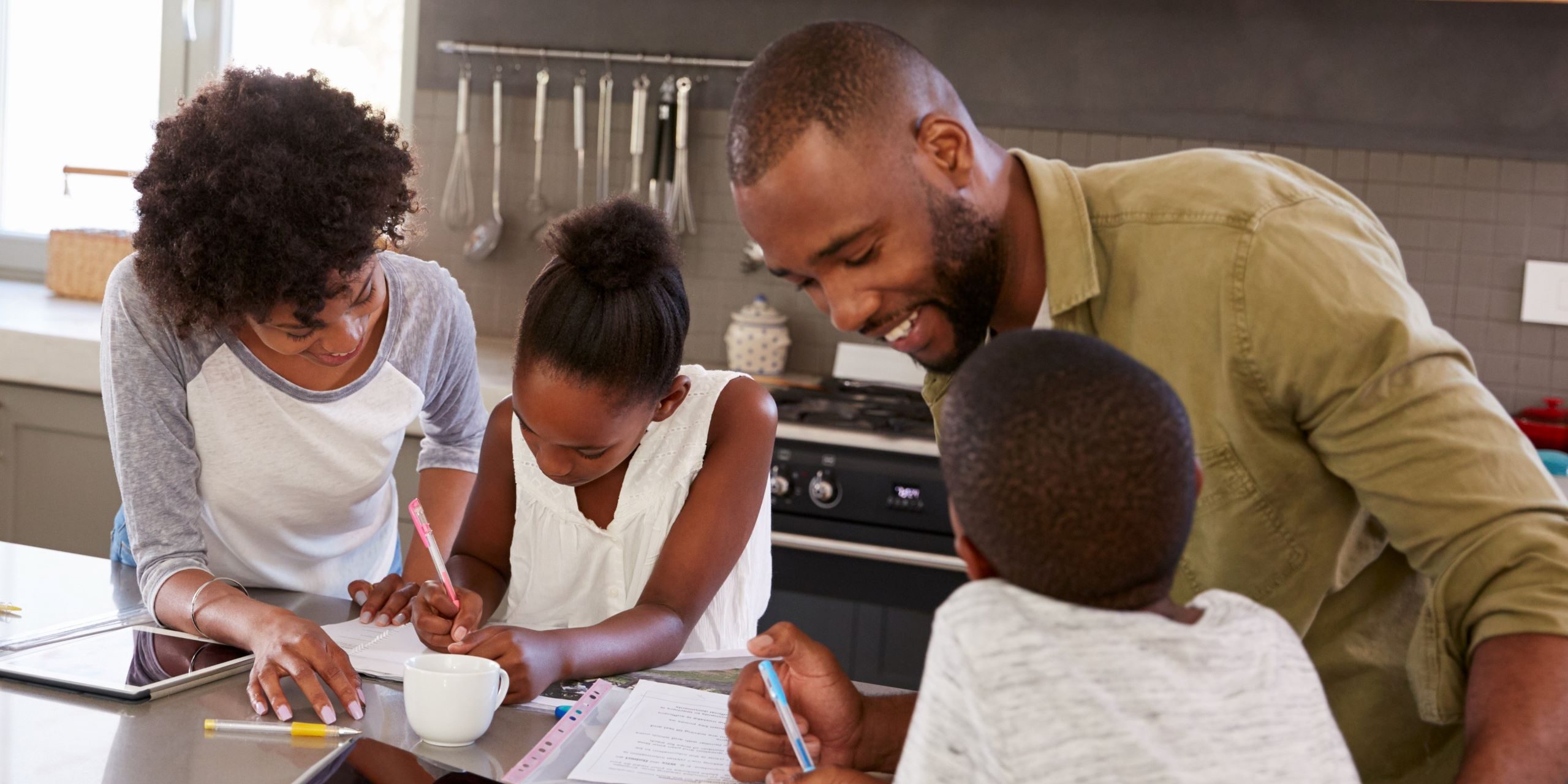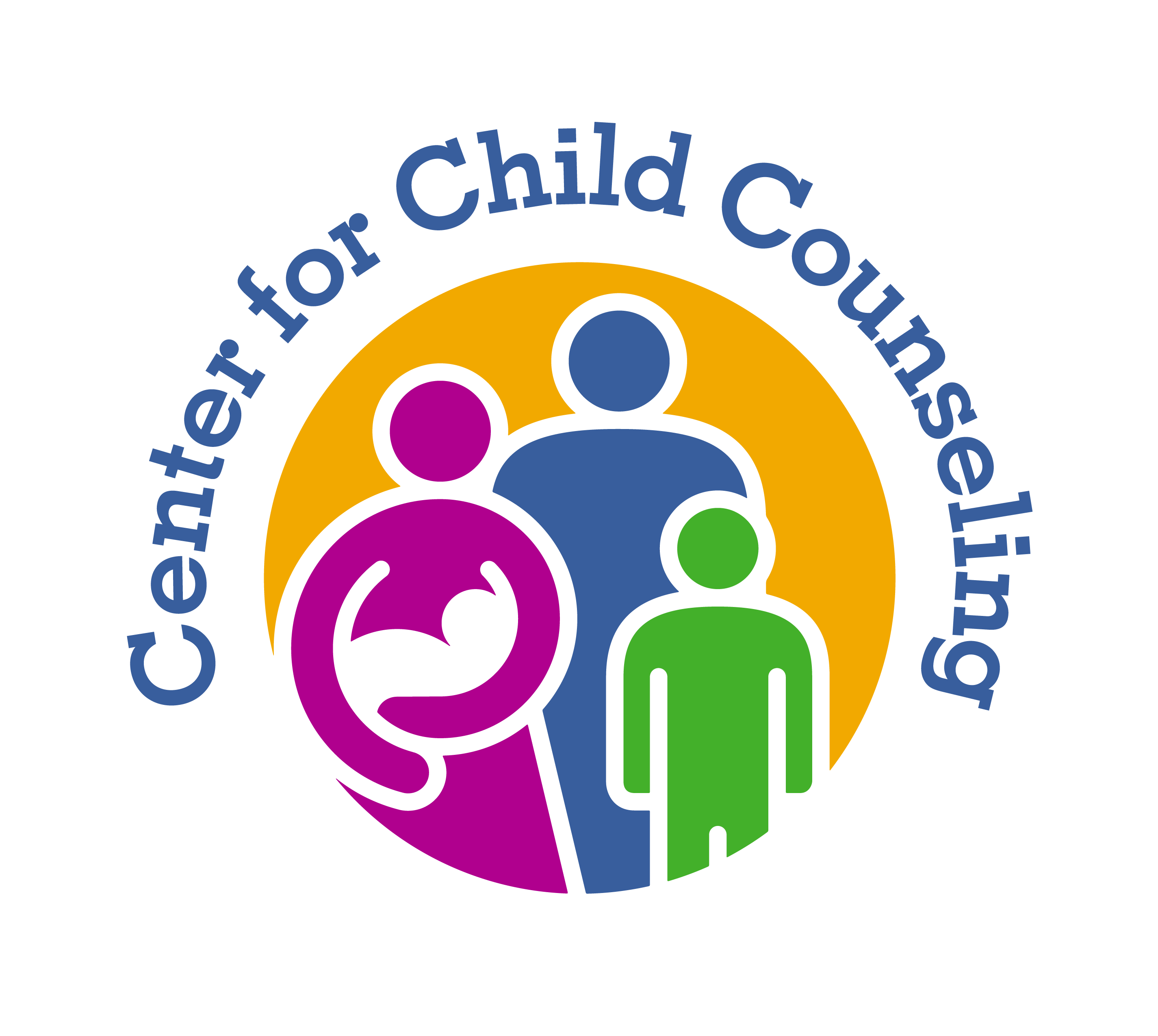By Cherie Benjoseph, MSW, LCSW, Child Safety Expert, Director of National Outreach
It is much easier to talk about all sorts of touch with our kids if we have a name for it. Let’s start with Safe Touch.
Mom! Bryan hit me! Dad! Abby pushed Baby Joey down! Is an example of everyday touching. Cuddling on the couch with your child while reading a story or holding hands while going for a walk are also great examples of touching.
We don’t realize how often we touch each other throughout the day.
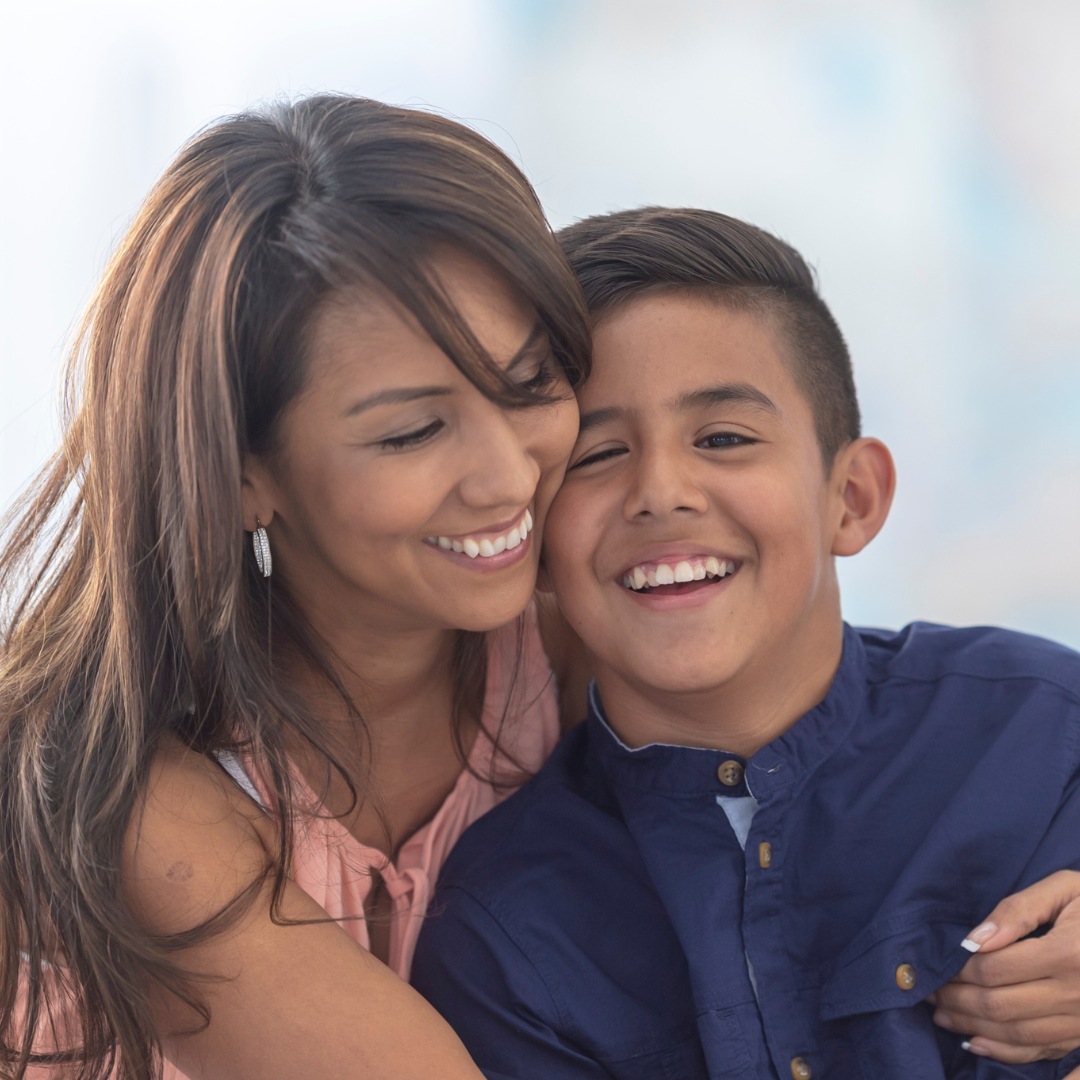 Some touches make us feel comfortable and safe while others do not. In our society we do not talk much about touching in general. We either say “Don’t touch your Brother” or “Use nice hands.” (From my daughter’s preschool days.) Let’s dive a little deeper as human touch is an important part of wellness and healthy development.
Some touches make us feel comfortable and safe while others do not. In our society we do not talk much about touching in general. We either say “Don’t touch your Brother” or “Use nice hands.” (From my daughter’s preschool days.) Let’s dive a little deeper as human touch is an important part of wellness and healthy development.
Many people assume because I teach sexual abuse prevention that to keep kids safe we shouldn’t be touching kids. That could not be further from the truth. Children need to be physically nurtured and held from the day they are born. This type of healthy, safe touch provides children with a strong sense of self, belonging, being valued and safe. Children, for example, who are raised in an understaffed orphanage and do not get picked up and held often have a number of long-term issues, particularly failure to thrive and attachment issues. My point is that positive touch is important. Healthy modeling of Safe Touch helps a child understand what an appropriate touch should feel like.
A SAFE TOUCH feels: comfortable, loving, relaxed, protective, happy, warm, cozy.
Safe touch examples: A group of kids playing tag, a person while conversing with a friend reaching out and touching their arm for a moment, holding hands in the movie theater, kissing your child goodnight, cuddling on the couch, buckling a child into seat, doing someone’s hair.
Explain to your child that the difference between a safe and an unsafe touch is the way it makes you feel.
An UNSAFE TOUCH makes you feel: uncomfortable, confused, scared, embarrassed, weird, hurt, betrayed, angry.
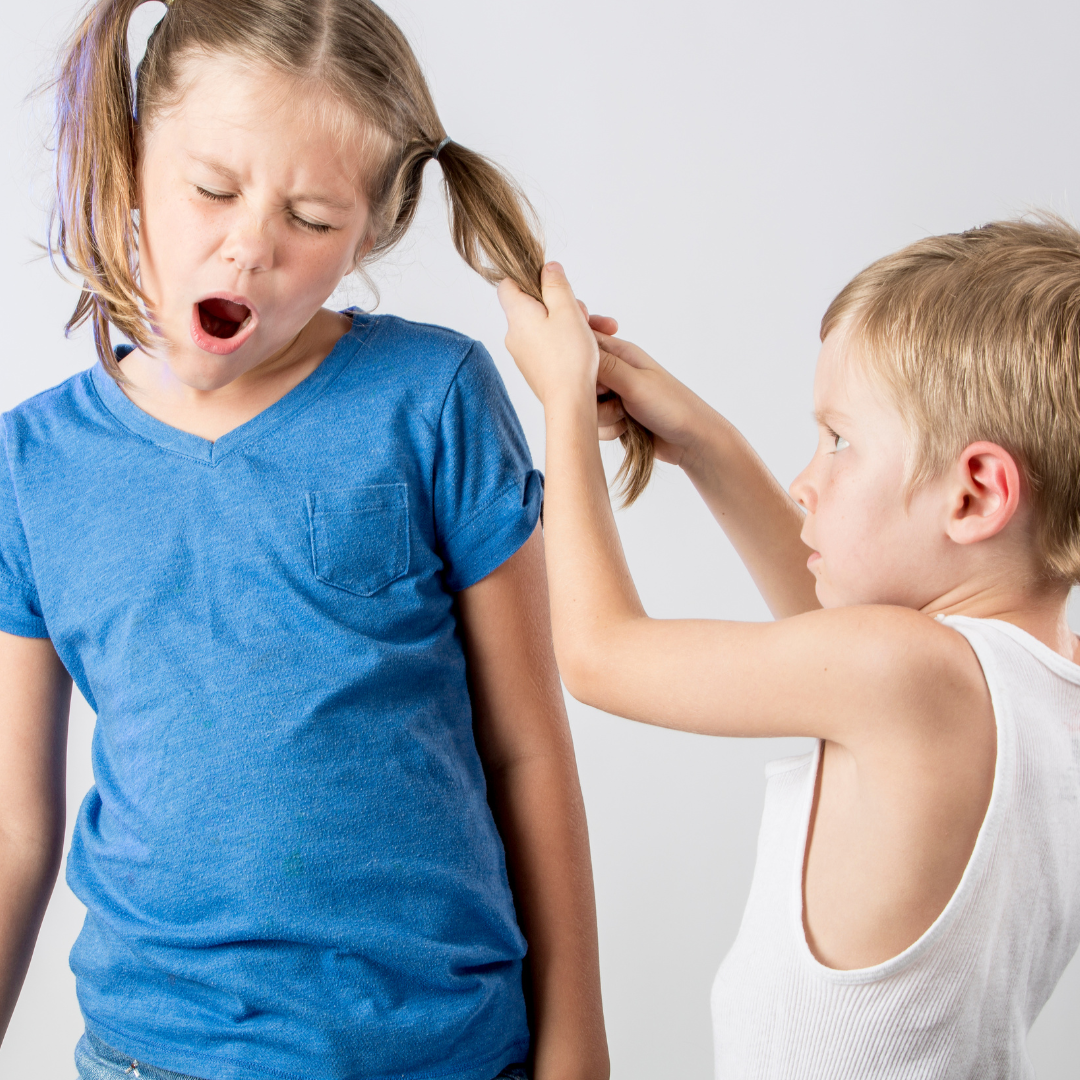 Unsafe touches happen every day. Examples: Siblings shoving each other, a grown-up grabbing an arm of a child in frustration, a child being physically harmed by another student at school (bullying), someone touching a child’s private parts, or forcing a child to touch their private parts.
Unsafe touches happen every day. Examples: Siblings shoving each other, a grown-up grabbing an arm of a child in frustration, a child being physically harmed by another student at school (bullying), someone touching a child’s private parts, or forcing a child to touch their private parts.
If you ask a child for examples of an unsafe touch the list will sound like: getting hit, pinched, pushed, shoved, kicked, hair pulled, by either a peer or adult.
If you have more than one child in your home, there is bound to be various ‘unsafe touches’ throughout a day. Much of this interaction, is how children learn to navigate in our society. With parents’ guidance, setting of healthy boundaries, some rough housing is good to let the kids problem solve on their own. What we suggest is to define those limits. Start labeling touch at a young age as Safe Touch or Unsafe Touch by how a touch makes them feel. Ask: “Emma, when you fell down, and Sammi came over and put her arm on your back and checked on you – was that a Safe Touch or an Unsafe Touch for you?” Ask: “How did it make you feel?” Teaching children to recognize their emotions is an important life skill. If they can recognize the positive it will impact how they treat others. If they can recognize the negative it becomes a protective factor – all part of teaching your child personal safety. We often say this is a skill for a life time –this builds resilience.
We teach safe touch and unsafe touch for many reasons – but for our purposes in this blog let’s focus on body boundaries. If a child has learned that they have private parts and that no one should be touching their private parts, and they get a confusing touch and they are not sure if it was a Safe Touch or an Unsafe touch, they can recognize the feeling and know, because they have been taught, that this is the type of touch that they should Report to a person in their Circle of Safe Adults to talk about it. It is so important at this point that the adult be an approachable caregiver. (Parent, relative, teacher, etc). Preparing yourself in advance for how you might respond to a child disclosing is a key factor in preventing and putting a stop to child sexual abuse.
ACTIVITIES TO DO TOGETHER
1. Discuss with children how various touches make them feel. Explain to them that if they receive a touch, even from someone they know and love, and it makes them feel confused, they should report it to another adult.
2. Ask your child if the following examples would be a Safe Touch or an Unsafe Touch:
- Holding hands with a close friend
- High fiving their coach
- Being kissed good night by an aunt
- Getting shoved by a schoolmate
- Add a few more of your own examples
3. Play a game called “Safe and unsafe touches I had today”.
Ask your child to think of some examples to share with you. Examples:
- I hugged nana when I got off the bus.
- My friend pushed me on the playground.
These conversations will provide you with an opening for a more in-depth discussion about what may have happened during your child’s day and how particular touches made them feel.
Children who have learned that their bodies belong to them and that there are boundaries regarding their private parts understand when a line has been crossed.
Emphasize to your child that no one should be touching or looking at their private parts and they should not be touching or looking at anyone else’s private parts because everyone’s body is special and belongs to them.
Click here to learn more about our KidSafe Program, which is focused on preventing child sexual abuse, trafficking, and exploitation.
 KIDSAFE TIP:
KIDSAFE TIP:
90% of the time a child is harmed by someone they know and trust. This makes it even more difficult for a child to tell – they often feel betrayed, confused, and are afraid to report. Empower children from a young age about the difference between Safe and Unsafe Touch, and when they should come to you with questions – even if they are scared.
Get Stay KidSafe!™ Updates!
Receive Stay KidSafe!™ information and resources in your inbox.
By submitting this form, you are consenting to receive emails from: Center for Child Counseling, 8895 N. Military Trail, Palm Beach Gardens, FL, 33410. You can revoke your consent to receive emails at any time by using the SafeUnsubscribe® link, found at the bottom of every email.
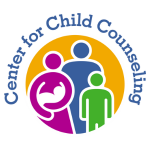
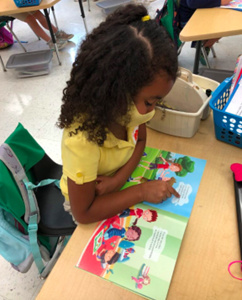
 KidSafe has focused on providing a public health approach that maximizes impact while emphasizing health and safety. To prevent child sexual abuse, students, teachers, and families need to be knowledgeable and aware of the tactics and grooming techniques that are used to exploit and abuse children in-person and online. KidSafe provides age-appropriate lessons and skill building for children, training for educators, healthcare professionals, camp staff, and resources for families.
KidSafe has focused on providing a public health approach that maximizes impact while emphasizing health and safety. To prevent child sexual abuse, students, teachers, and families need to be knowledgeable and aware of the tactics and grooming techniques that are used to exploit and abuse children in-person and online. KidSafe provides age-appropriate lessons and skill building for children, training for educators, healthcare professionals, camp staff, and resources for families.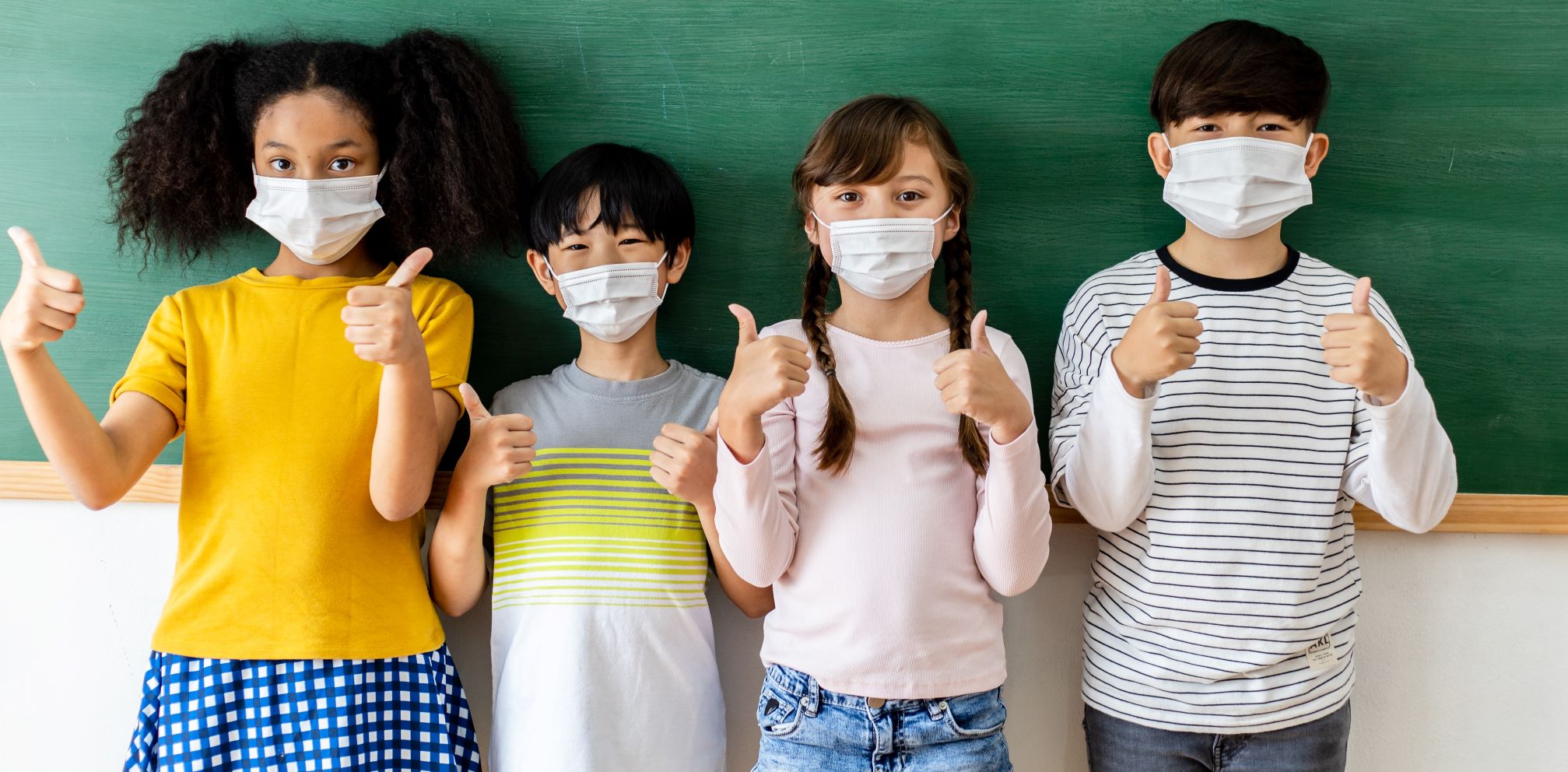
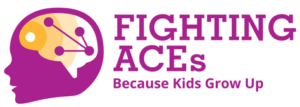
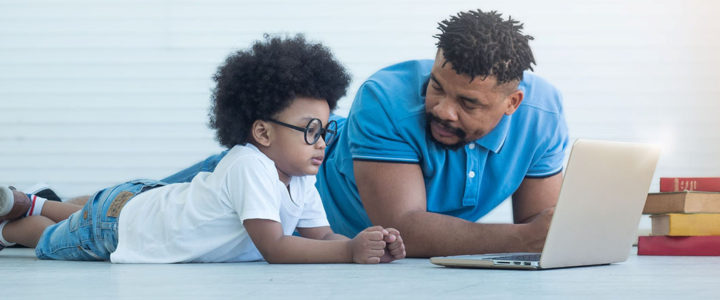
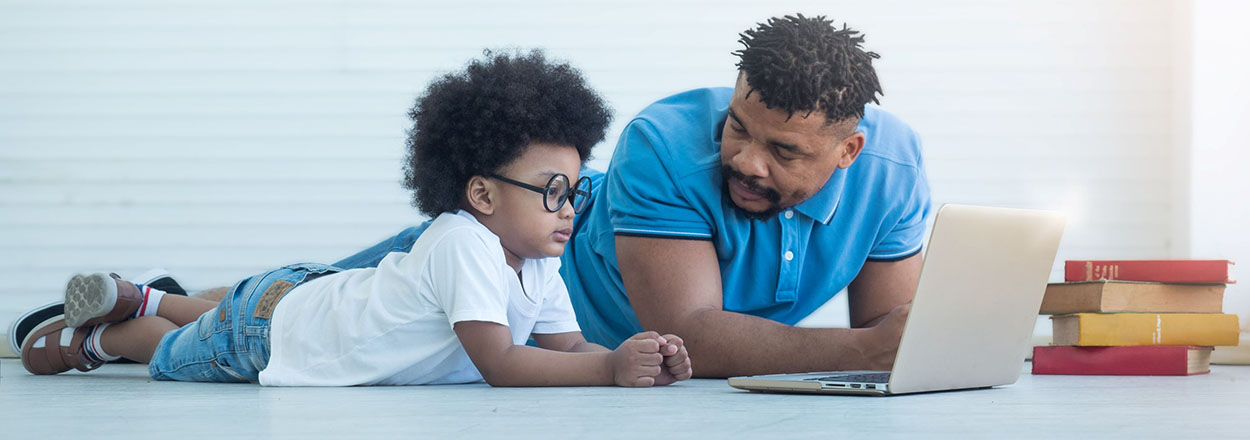

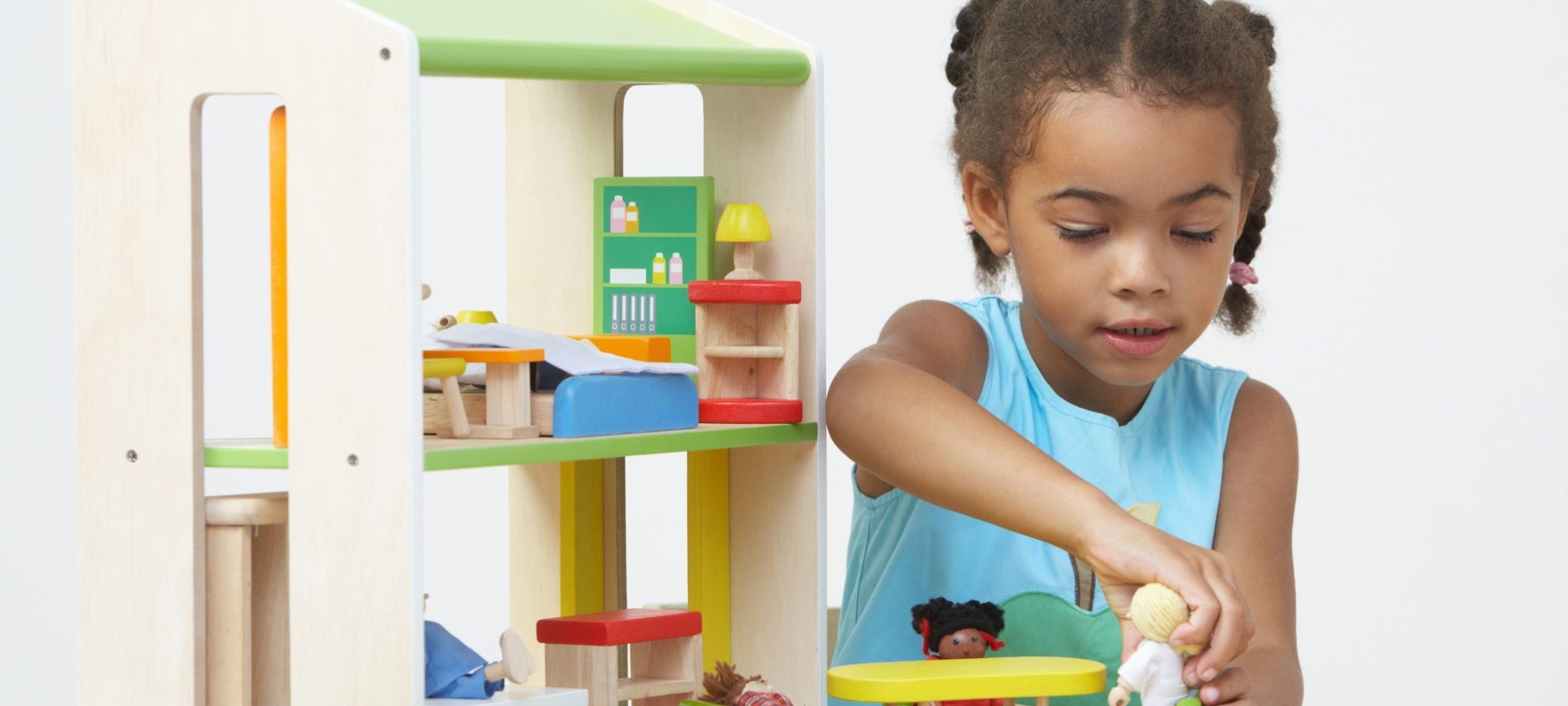
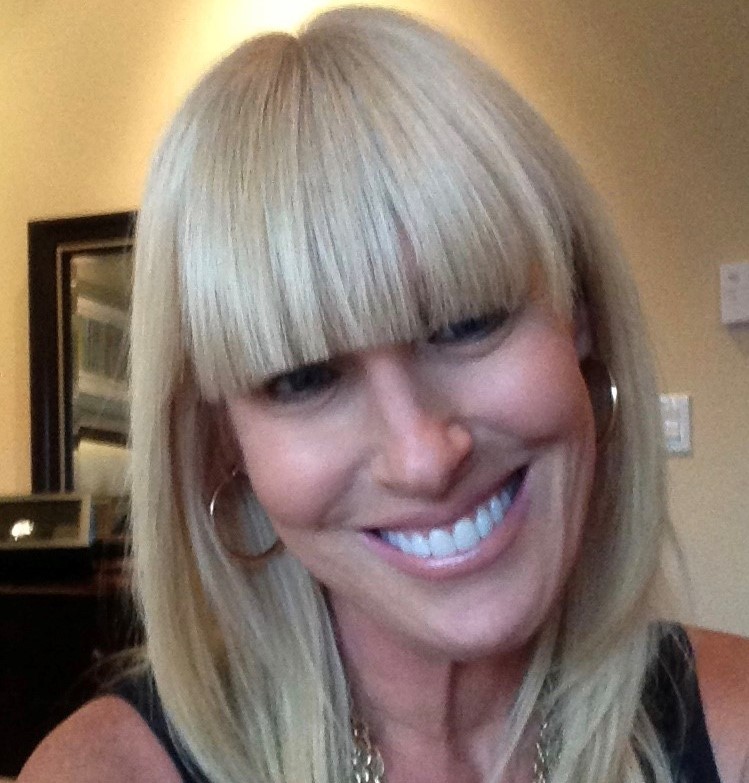 At the Center for Child Counseling, we recently welcomed seasoned psychologist Dr. Anne Holland Brown to our team. Anne has more than 26 years of mental/behavioral health experience working with economically-disadvantaged, racially and ethnically diverse populations of children who have experienced child maltreatment and other types of trauma. She answered some questions about the importance of play and Play Therapy.
At the Center for Child Counseling, we recently welcomed seasoned psychologist Dr. Anne Holland Brown to our team. Anne has more than 26 years of mental/behavioral health experience working with economically-disadvantaged, racially and ethnically diverse populations of children who have experienced child maltreatment and other types of trauma. She answered some questions about the importance of play and Play Therapy.